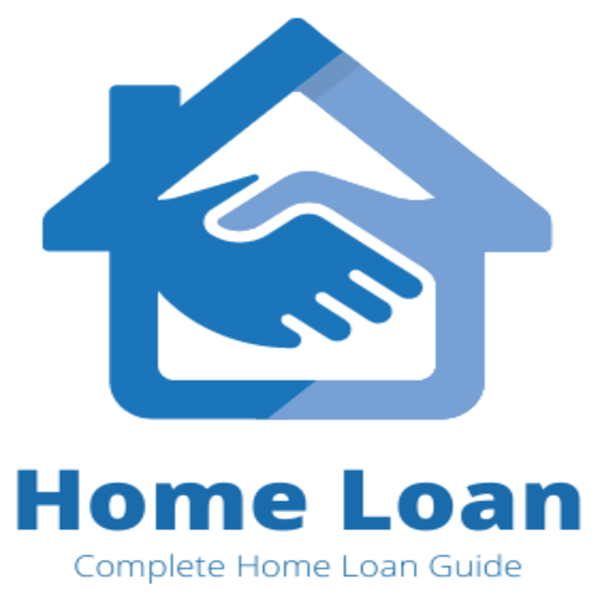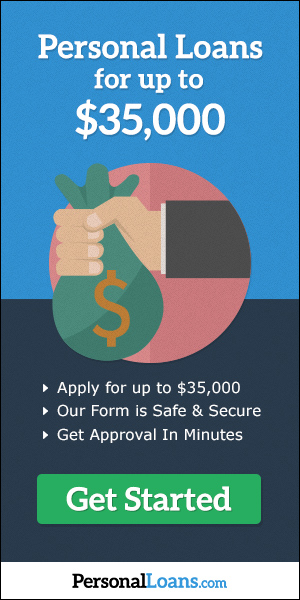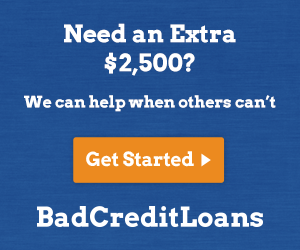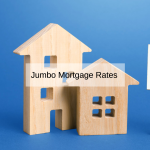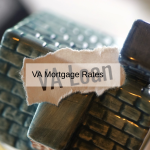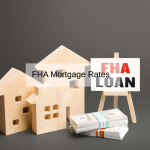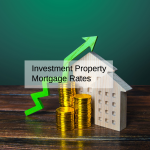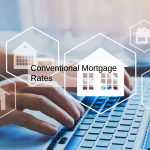Buying a house is a significant milestone for many individuals and families. However, if you have bad credit, obtaining a home loan may seem daunting. Bad credit can make it challenging to qualify for traditional mortgage loan options. Nevertheless, there are still avenues you can explore to achieve your dream of homeownership. This guide will walk you through various home loan options available to individuals with bad credit, helping you navigate the process effectively.
Understanding Bad Credit
Before delving into home equity loan options, it's essential to understand what constitutes bad credit and how it can impact your ability to secure a mortgage. Bad credit typically refers to a low credit score resulting from past financial missteps, such as late payments, defaults, or high credit card balances. Lenders use credit scores to assess the risk of lending money to borrowers. A low credit score suggests a higher risk to lenders, making it more challenging to qualify for favorable loan terms.
Factors Affecting Mortgage Approval
Several factors influence mortgage approval, regardless of your credit score. Lenders consider factors such as employment history, income stability, debt-to-income ratio, and down payment amount when evaluating loan applications. While bad credit can be a significant hurdle, addressing other aspects of your financial profile can improve your chances of securing a mortgage.
Home Loan Options for Bad Credit
Despite having bad credit, there are several home loan options available to prospective buyers. Each option has its eligibility criteria, terms, and requirements. Exploring these options can help you find a suitable solution based on your financial situation and homeownership goals.
1. FHA Loans
Federal Housing Administration (FHA) loans are popular among first-time homebuyers and individuals with less-than-perfect credit. These loans are insured by the FHA, allowing lenders to offer more lenient eligibility requirements and lower down payment options. Key features of FHA home loans include:
- Low Down Payment: FHA loans typically require a down payment as low as 3.5% of the purchase price.
- Flexible Credit Requirements: While FHA loans have minimum credit score requirements, they are generally more forgiving of past credit issues compared to conventional loans.
- Mortgage Insurance Premiums: Borrowers are required to pay an upfront mortgage insurance premium (MIP) and annual premiums, adding to the overall cost of the loan.
2. VA Loans
VA loans are available to eligible active-duty service members, veterans, and their families. These loans are guaranteed by the U.S. Department of Veterans Affairs, offering favorable terms and benefits. Key features of VA loans include:
- No Down Payment Requirement: VA loans often allow borrowers to purchase a home with no down payment, making homeownership more accessible.
- Competitive Interest Rates: VA loans typically offer competitive interest rates compared to conventional loans, saving borrowers money over the life of the loan.
- No Private Mortgage Insurance (PMI): VA loans do not require private mortgage insurance, reducing monthly payments for borrowers.
3. USDA Loans
The U.S. Department of Agriculture (USDA) offers loans to eligible rural and suburban homebuyers through its Rural Development program. USDA loans aim to promote homeownership in designated rural areas by providing affordable financing options. Key features of USDA mortgage loans include:
- 100% Financing: USDA loans offer 100% financing, allowing eligible borrowers to purchase a home without a down payment.
- Income Limits: To qualify for a USDA loan, borrowers must meet income eligibility requirements based on the location of the property and the size of the household.
- Property Eligibility: Properties financed with USDA loans must be located in designated rural or suburban areas as defined by the USDA.
4. Subprime Mortgages
Subprime mortgages are designed for borrowers with poor credit or limited credit history. These discover home loans typically come with higher interest rates and fees to offset the increased risk to lenders. While subprime mortgages can help individuals with bad credit purchase a home, they often carry higher costs and may require larger down payments. It's essential to carefully consider the terms and potential long-term implications before opting for a subprime mortgage.
5. FHA 203(k) Rehabilitation Loan
The FHA 203(k) rehabilitation loan is ideal for buyers interested in purchasing a fixer-upper or renovating an existing property. This loan combines the cost of purchasing the home and financing renovation expenses into a single mortgage, simplifying the financing process. Key features of FHA 203(k) loans include:
- Financing for Renovation Costs: Borrowers can finance the purchase price of the home as well as renovation costs, making it easier to afford properties in need of repair.
- Streamlined Application Process: FHA 203(k) loans have a streamlined application process compared to traditional renovation loans, reducing paperwork and administrative hassle.
- Consultation with Lenders and Contractors: Borrowers work closely with lenders and approved contractors to develop renovation plans and manage project funds effectively.
While bad credit can present challenges when buying a house, it doesn't have to derail your homeownership dreams. By understanding your options and taking proactive steps to improve your financial profile, you can increase your chances of securing a home loan that meets your needs. Whether through government-backed programs like FHA, VA, and USDA loans or specialized products like subprime mortgages rates va loans and FHA 203(k) loans, there are solutions available for buyers with bad credit. With careful planning and guidance from knowledgeable professionals, you can embark on your journey to homeownership with confidence.
FAQs: Buying A House With Bad Credit
1. Can I buy a house with bad credit?
Yes, it is possible to buy a house with bad credit. While having bad credit may limit your options and make it more challenging to qualify for traditional mortgage loans, there are alternative home loans for bad credit options available for individuals with less-than-perfect credit.
2. What are some common home loan options for buyers with bad credit?
Common home loan options for buyers with bad credit include FHA loans, VA loans, USDA loans, subprime mortgages, and FHA 203(k) rehabilitation loans. Each option has its eligibility criteria, terms, and requirements, so it's essential to explore your options thoroughly.
3. What is an FHA loan, and how does it help buyers with bad credit?
An FHA loan is a mortgage insured by the Federal Housing Administration. It is popular among first-time homebuyers and individuals with less-than-perfect credit. FHA loans offer more lenient eligibility requirements and lower down payment options compared to conventional loans, making homeownership more accessible for buyers with bad credit.
4. Are there any government-backed loan programs available for buyers with bad credit?
Yes, several government-backed loan programs cater to buyers with bad credit. These include FHA loans, VA loans for veterans and service members, and USDA loans for eligible rural and suburban homebuyers. These programs offer competitive terms and benefits designed to help individuals achieve homeownership despite having bad credit.
5. What is a subprime mortgage, and how does it differ from traditional mortgages?
A subprime mortgage is a type of home loan designed for borrowers with poor credit or limited credit history. Subprime mortgages typically come with higher interest rates and fees to offset the increased risk to lenders. While they can help individuals with bad credit purchase a home, subprime mortgages often carry higher costs and may require larger down payments compared to traditional mortgages.
6. How can I improve my chances of getting approved for a home loan with bad credit?
To improve your chances of getting approved for a home loan with bad credit, consider taking the following steps:
- Review your credit report and address any errors or discrepancies.
- Work on improving your credit score by making timely payments and reducing outstanding debts.
- Save for a larger down payment, which can help offset the impact of bad credit.
- Explore government-backed loan programs and consult with lenders who specialize in working with buyers with bad credit.
7. What is an FHA 203(k) rehabilitation loan, and who is it suitable for?
An FHA 203(k) rehabilitation loan is designed for buyers interested in purchasing a fixer-upper or renovating an existing property. This loan allows borrowers to finance the purchase price of the home as well as renovation costs into a single mortgage, simplifying the financing process. It is suitable for buyers with bad credit who are looking to purchase a home that needs repairs or upgrades.
8. What should I consider before applying for a home loan with bad credit?
Before applying for a home improvement loan with bad credit, consider the following factors:
- Understand your financial situation and assess your ability to afford homeownership.
- Research different home loan options and compare their terms, requirements, and eligibility criteria.
- Consult with lenders and financial advisors to explore potential strategies for improving your credit profile and increasing your chances of loan approval.
- Carefully review the terms and conditions of any loan offer to ensure it aligns with your financial goals and circumstances.
